
Rocky Mountain National Park is located in north-central Colorado. It lies between the towns of Estes Park to the east and Grand Lake to the west, spanning across the Continental Divide. The park is about 76 miles northwest of Denver, making it accessible for day trips or longer visits from the city. It covers a vast area of the Rocky Mountains, featuring stunning alpine scenery, diverse wildlife, and numerous outdoor recreation opportunities.


Rocky Mountain National Park was established on January 26, 1915. This marked the official recognition and protection of its stunning landscapes and natural resources, making it one of the early national parks in the United States.


Rocky Mountain National Park wasn't invented but rather established and protected through the efforts of various individuals and organizations. Enos Mills, often referred to as the "Father of Rocky Mountain National Park," played a pivotal role in advocating for its creation. Mills, a naturalist, author, and conservationist, spent years exploring the area and lobbying for its preservation. His efforts, along with the support of others who recognized the value of the region's natural beauty and ecological significance, led to the establishment of the park by an act of Congress, signed into law by President Woodrow Wilson on January 26, 1915.
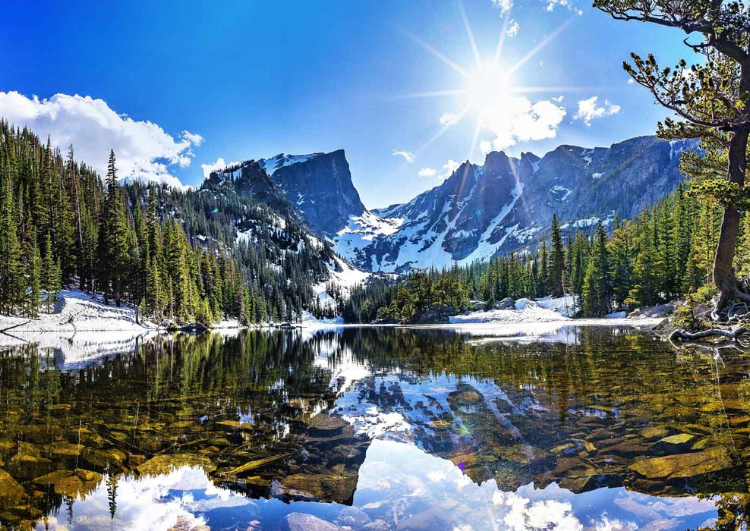
Rocky Mountain National Park is named for the Rocky Mountains, the major mountain range that dominates the landscape of the park. The Rocky Mountains are one of North America's most significant and iconic mountain ranges, stretching from Canada down through the United States to New Mexico. The park encompasses some of the most stunning and rugged portions of this range, featuring high peaks, alpine lakes, and diverse ecosystems. The name reflects both the geographic features of the area and its place within the larger Rocky Mountain region.
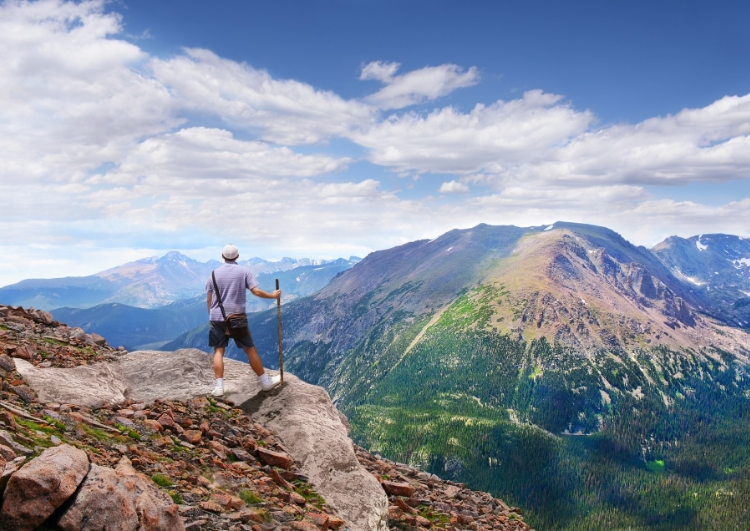
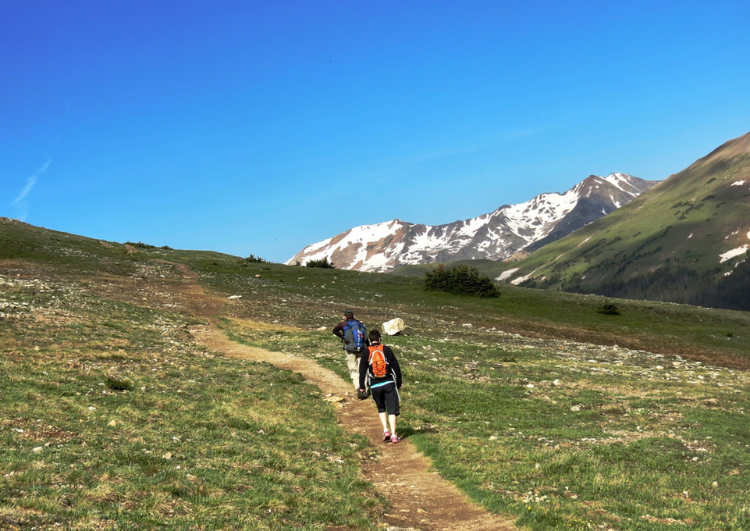


Rocky Mountain National Park is a paradise for hiking enthusiasts due to its diverse and spectacular natural scenery, extensive trail system, and opportunities for a wide range of hiking experiences. Here are some reasons why it's ideal for hiking lovers:
1. **Varied Terrain and Scenic Beauty**: The park features dramatic mountain landscapes, including over 60 peaks higher than 12,000 feet, alpine lakes, lush forests, and stunning meadows. The variety of landscapes provides hikers with breathtaking views and unique natural features at every turn.
2. **Extensive Trail Network**: With over 355 miles of well-maintained trails, the park offers something for every level of hiker. Whether you're looking for a short, easy walk or a challenging multi-day backcountry trek, there are trails to suit your preferences.
3. **Diverse Ecosystems**: Hikers can experience different ecosystems as they move through the park, from montane forests and subalpine meadows to alpine tundra above the tree line. This diversity makes for interesting and varied hiking experiences.
4. **Iconic Trails**: The park is home to several renowned trails, such as the Trail Ridge Road, which offers stunning panoramic views, and the Longs Peak Trail, a challenging climb to one of Colorado's famous 14ers (peaks over 14,000 feet).
5. **Wildlife Viewing**: Hiking in the park provides opportunities to see a wide array of wildlife, including elk, bighorn sheep, moose, black bears, and various bird species. The chance to encounter wildlife in their natural habitat adds an exciting element to hiking.
6. **Accessibility**: The park is relatively accessible from major cities like Denver, making it a convenient destination for both day trips and longer hiking adventures. Additionally, the variety of trail difficulties means that hikers of all skill levels can find suitable options.
7. **Preserved Wilderness**: As a protected national park, Rocky Mountain maintains pristine natural environments, offering hikers the chance to experience unspoiled wilderness and tranquility away from urban areas.
All these factors combine to make Rocky Mountain National Park a premier destination for hiking lovers who seek adventure, natural beauty, and diverse outdoor experiences.
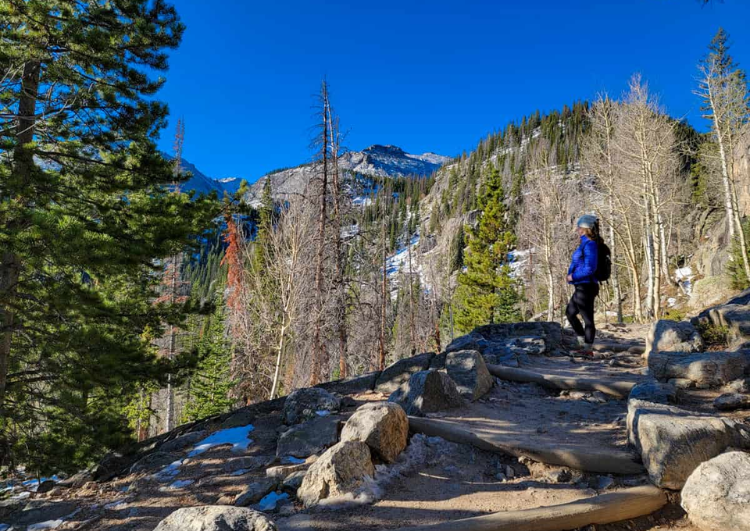

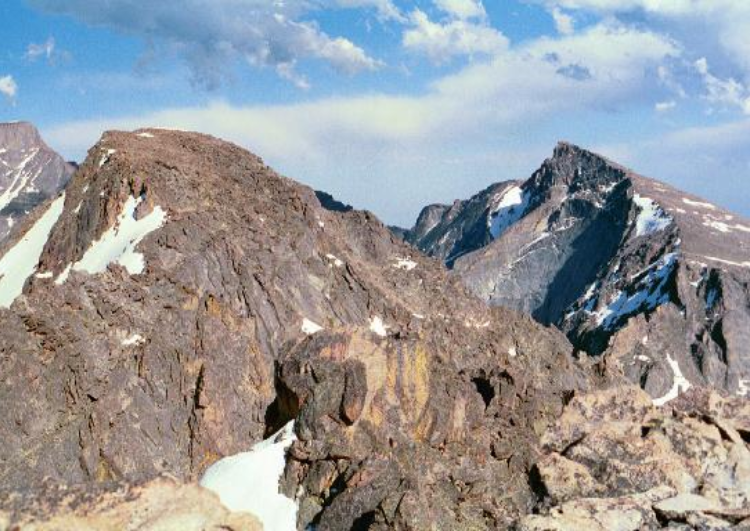
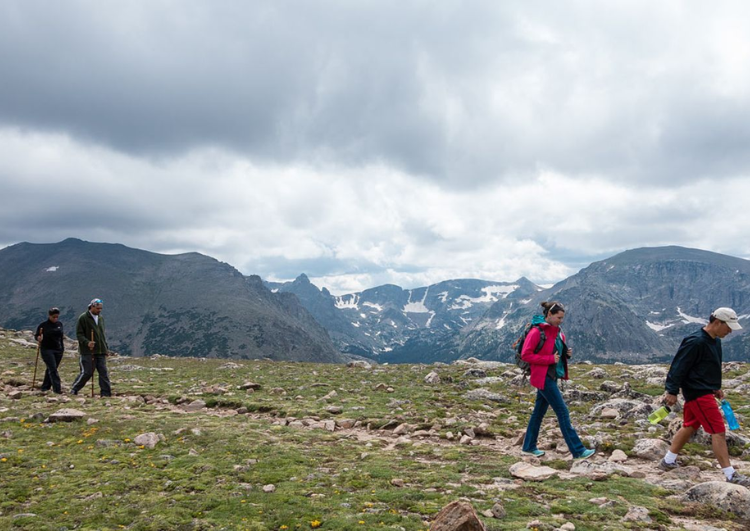

While Rocky Mountain National Park offers excellent hiking opportunities, the experience varies significantly with the seasons, and some times of year are more suitable for hiking than others. Here's a seasonal overview to help you plan:
1. **Spring (March to May)**:
- **Pros**: Spring brings wildflowers and budding trees at lower elevations. Wildlife becomes more active, and the park is less crowded than in summer.
- **Cons**: Snow and ice often linger on higher elevation trails, making them potentially hazardous. Some trails may be muddy or partially inaccessible.
2. **Summer (June to August)**:
- **Pros**: Summer is the most popular time for hiking, with warmer temperatures, fully accessible trails, and vibrant wildflower displays. All park facilities and visitor centers are open.
- **Cons**: Trails can be crowded, especially popular ones. Afternoon thunderstorms are common, requiring early starts to avoid lightning risks.
3. **Fall (September to November)**:
- **Pros**: Fall offers stunning foliage, cooler temperatures, and fewer crowds. Wildlife activity peaks, especially elk during the rutting season.
- **Cons**: Snow can begin to fall in higher elevations, and temperatures can drop quickly. Some park facilities start to close in late fall.
4. **Winter (December to February)**:
- **Pros**: Winter provides a serene, snow-covered landscape perfect for snowshoeing and cross-country skiing. The park is very quiet, offering solitude.
- **Cons**: Many trails are inaccessible due to snow. Extremely cold temperatures and harsh weather conditions can make hiking challenging and require proper gear and experience.
Recommendations:
- **Best Time for Most Hikers**: Late June through September is ideal for the widest range of hiking opportunities with the least amount of trail closures due to snow.
- **For Avoiding Crowds**: Late spring (May) and early fall (September) offer good hiking conditions with fewer people.
- **Winter Enthusiasts**: If you enjoy snowshoeing or skiing, winter can be a magical time, but be prepared for extreme conditions.
In conclusion, while the park offers year-round hiking opportunities, the best time for traditional hiking is summer through early fall, when trails are most accessible and the weather is generally more favorable.